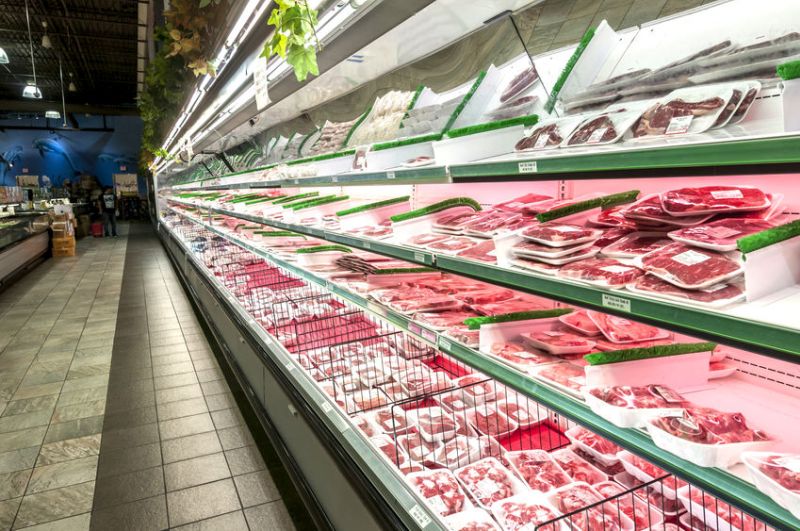
A new report has highlighted the opportunities available to tempt more online shoppers to buy red meat.
Online is one of the fastest-growing channels in grocery retail, rising by 30 percent in the last five years and currently worth £8.6 billion a year, according to figures from Kantar.
But shoppers are wary about ordering some cuts online, preferring to pick fresh foods themselves, meaning red meat is under-trading compared to its performance in-store.
To remedy this, AHDB research is set to better understand what influences the behaviour of online shoppers and identify opportunities to remove barriers to buying meat online.
It will identify the key differences between online and offline shoppers and making recommendations on how red meat could position itself better in the digital marketplace.
It found that online shoppers were more likely to buy cuts packaged consistently, such as sausages, mince and bacon but were reluctant to purchase high-value and variable products like steak and roasting joints.
Of those who said they would buy these cuts in the supermarket but not online, a quarter said they wanted to check its quality, one in five its leanness and six percent said they had difficulty determining the right weight to order.
Those who did buy meat online were inclined to use tiering, such as premium or economy ranges, as a proxy for quality, which won over price as a vital consideration for online shoppers.
While quality, price and provenance topped the list of criteria for online shoppers when asked, the research revealed at the point of purchase, practical factors such as knowledge of how to cook the product, whether it was freezable and convenience grew in importance.
Report author and AHDB Analyst Zoe Avison said: “Retailers are investing to make it more economically efficient for them and easier for their customers, whether it be by using artificial intelligence to improve the shopper experience or autonomous delivery robots to cut logistical costs.
“To increase its share in the digital market, the red meat sector also needs to innovate to stand out online and encourage customers to put its products in their shopping baskets.”
She added: “From the initial meal planning phase right through to purchase, there’s an opportunity to position red meat in the minds of online customers by communicating different aspects of its appeal depending on what’s influencing their decision-making at the time.”
Promotions were found to be more important online, with 45 percent of shoppers saying their last meat purchase was bought on promotion against 30 percent in store.
47 percent of online beef or lamb purchases were on promotion and 44 percent for pork, as opposed to 21, 39 and 35 percent respectively in the shops.
With online grocery attracting more than its fair share of families with young children, having promotions all in one place could be attracting cost-conscious shoppers.
